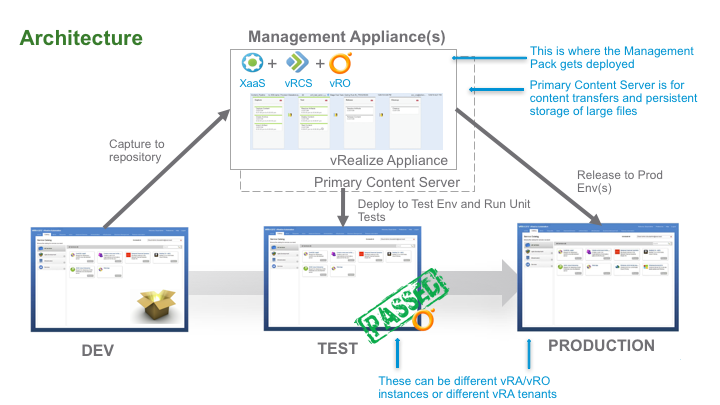Everything, such as compute, storage, network, memory, and security, is becoming software-defined within a software-defined data center. This includes all of the policy-based management and automation tools that are used to enable a mixed cloud, including virtualized infrastructure. These tools have their own configurations that help to define and manage SDDC. These configurations have their own life cycle and this raises the question, "What's the most effective way to manage the life cycle of these SDDC objects?".

Dashboards, reports, blueprints, templates, properties, pipelines, and workflows are very important in defining how you manage your SDDC. All these objects require their own level of management. We can create something and start getting value out of the automation and abstraction that it provides at a primary stage. The need to maintain a common library of these objects, and configuration becomes critical as the number increases.
A lot of manual effort is...



